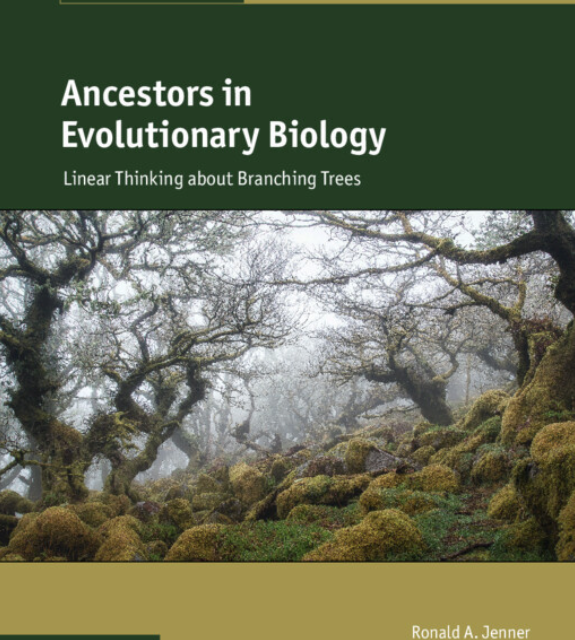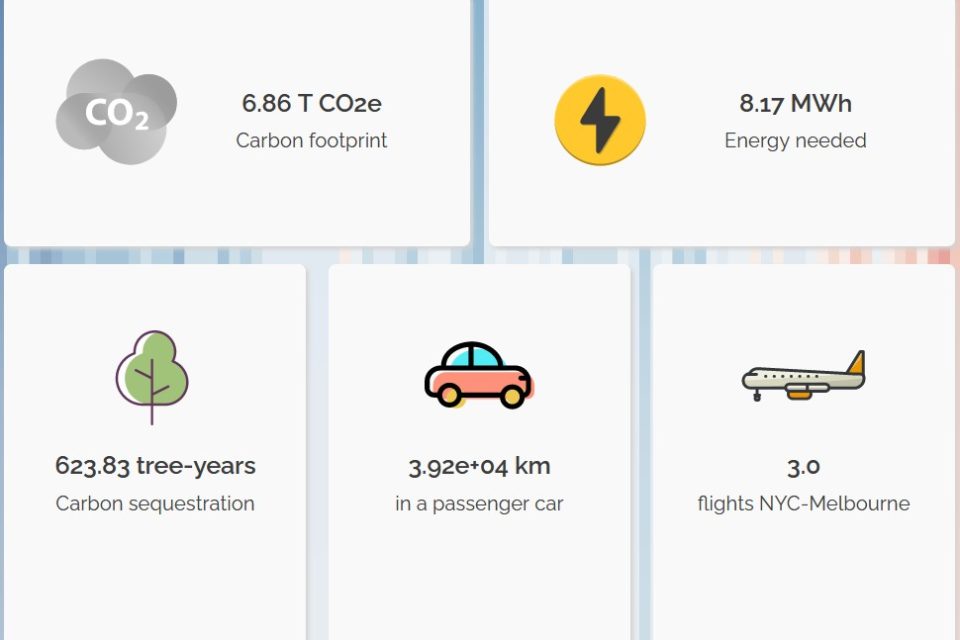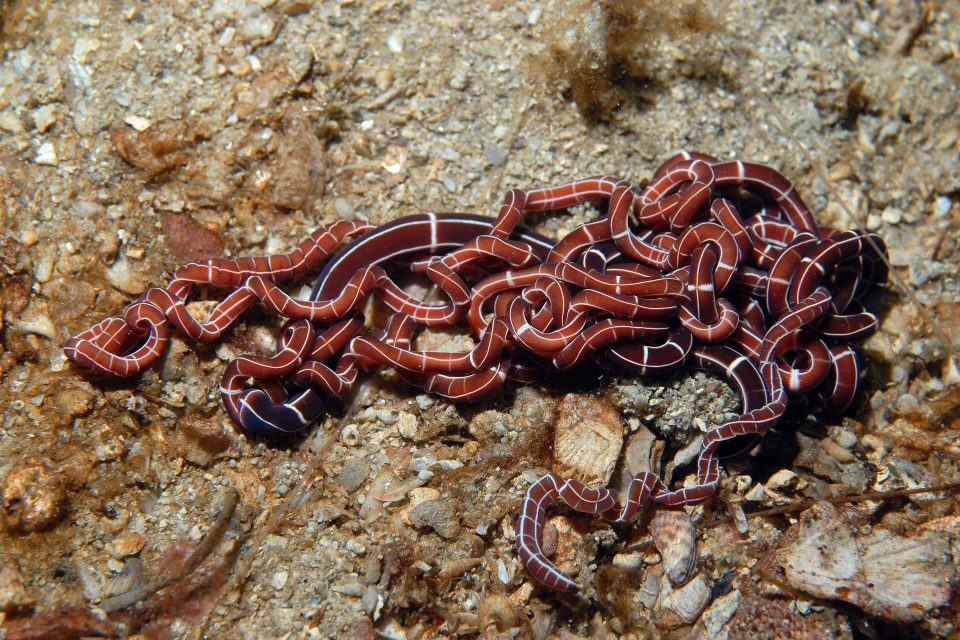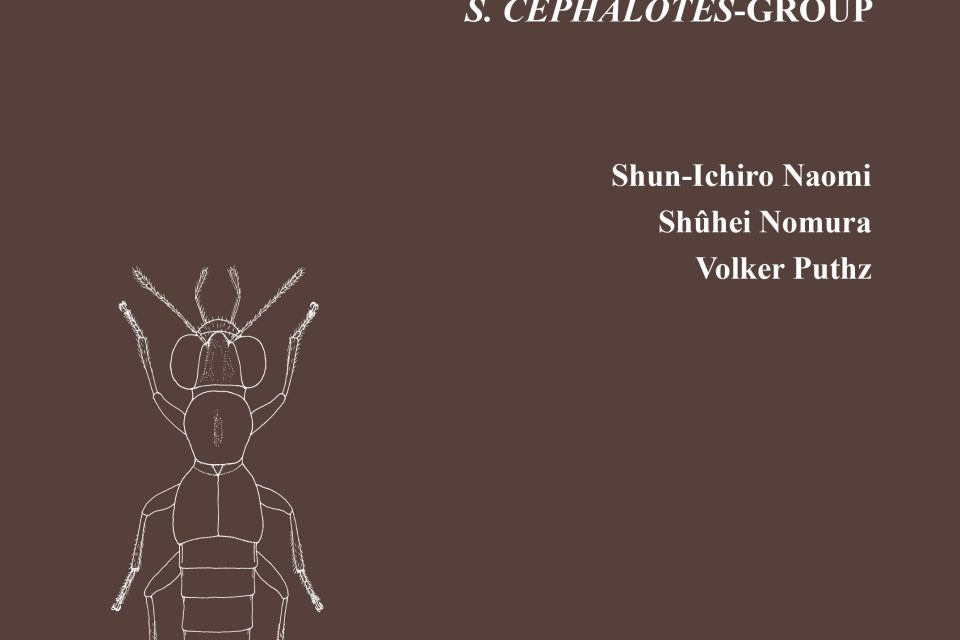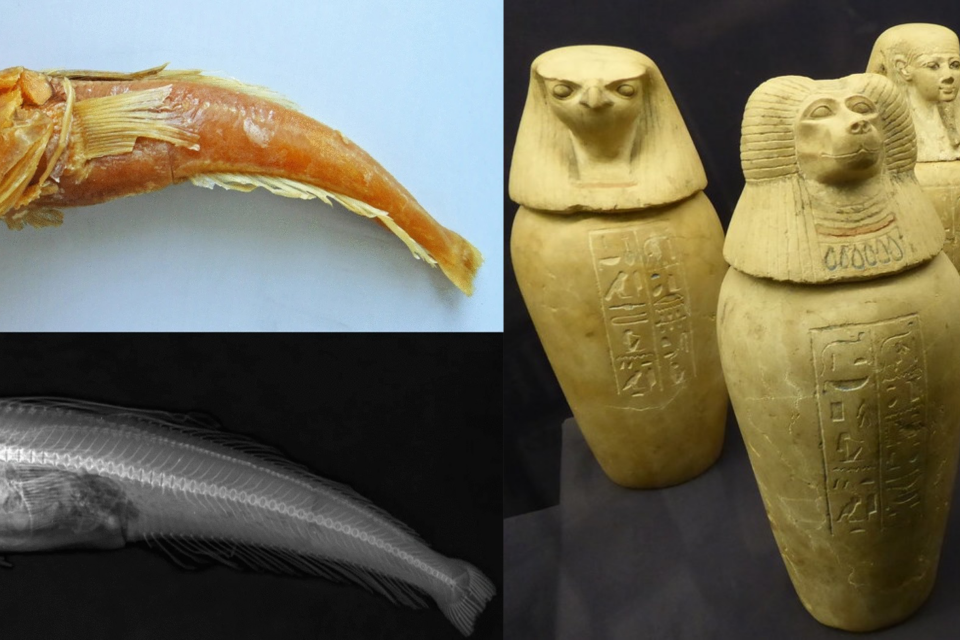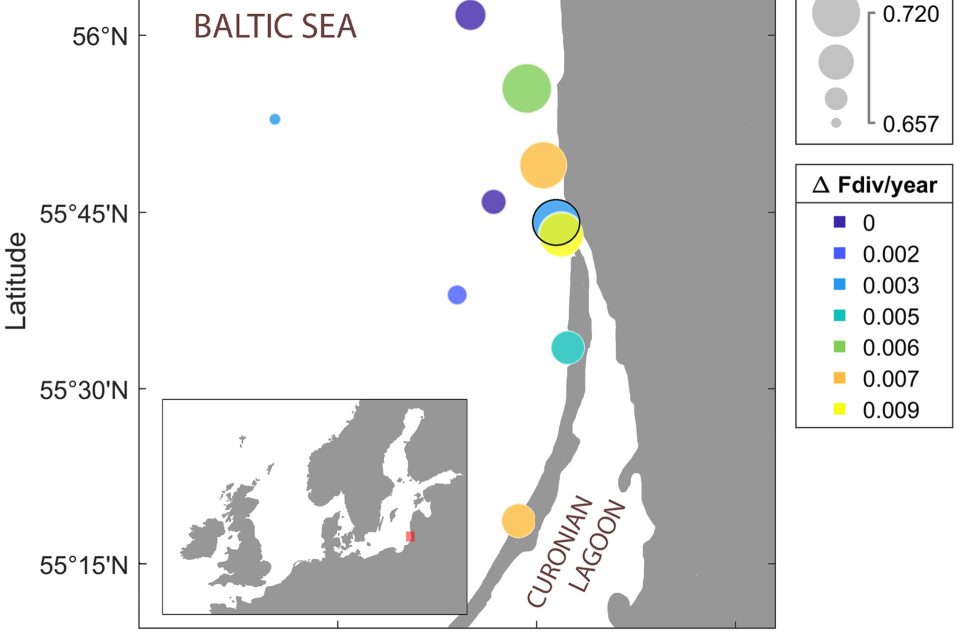
Door 21: Insects are fun!
Among my favorite papers of 2022, as always, are the quarterly contributions to the American Entomoligist by May R. Berenbaum: “Terms of Art and Terms of Arthropods” https://doi.org/10.1093/ae/tmac051, “Sew-Sew Jokes” https://doi.org/10.1093/ae/tmac032, and “Bowl Games” https://doi.org/10.1093/ae/tmac006. Dr Berenbaum can write about anything related to entomology, and this year her […]


